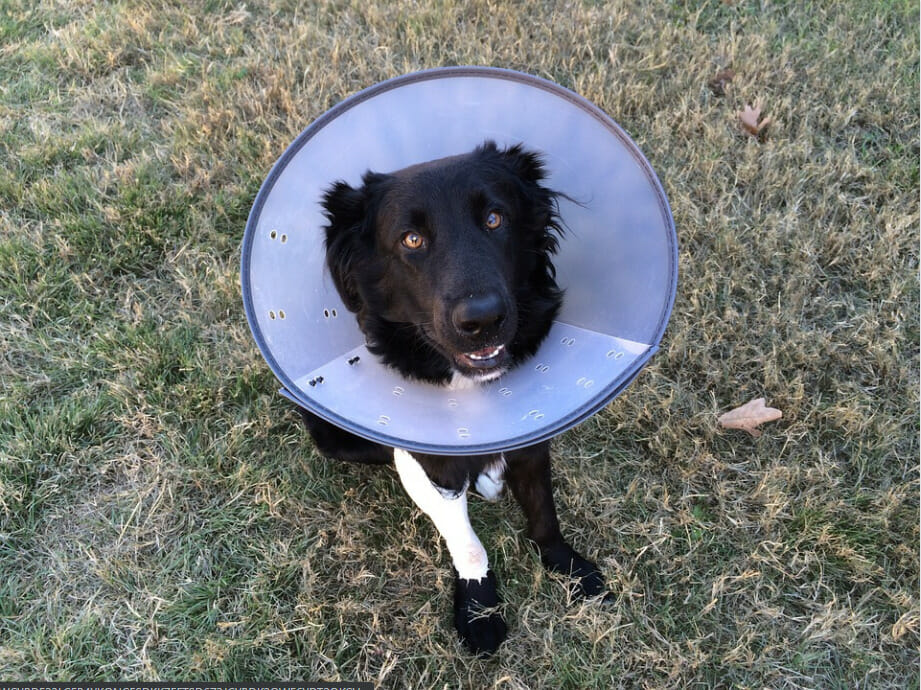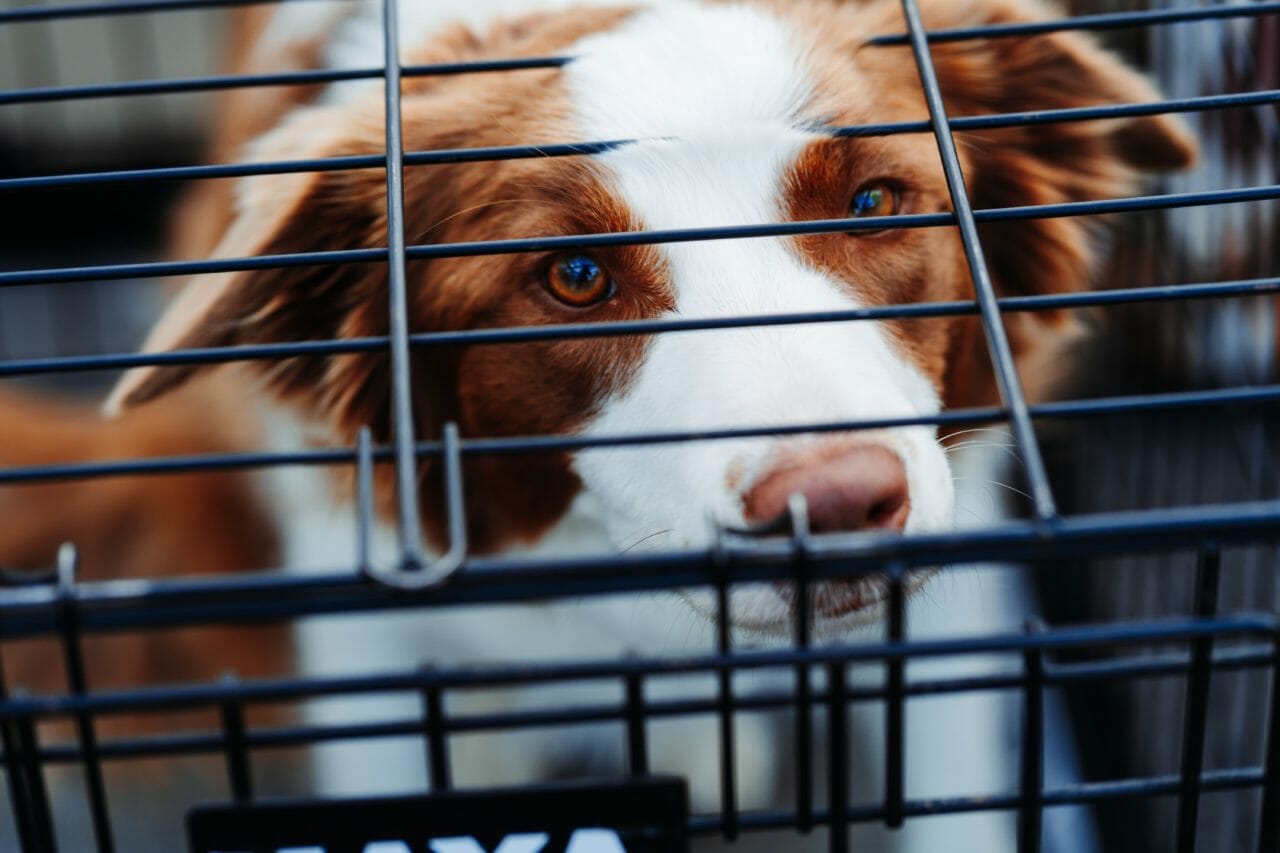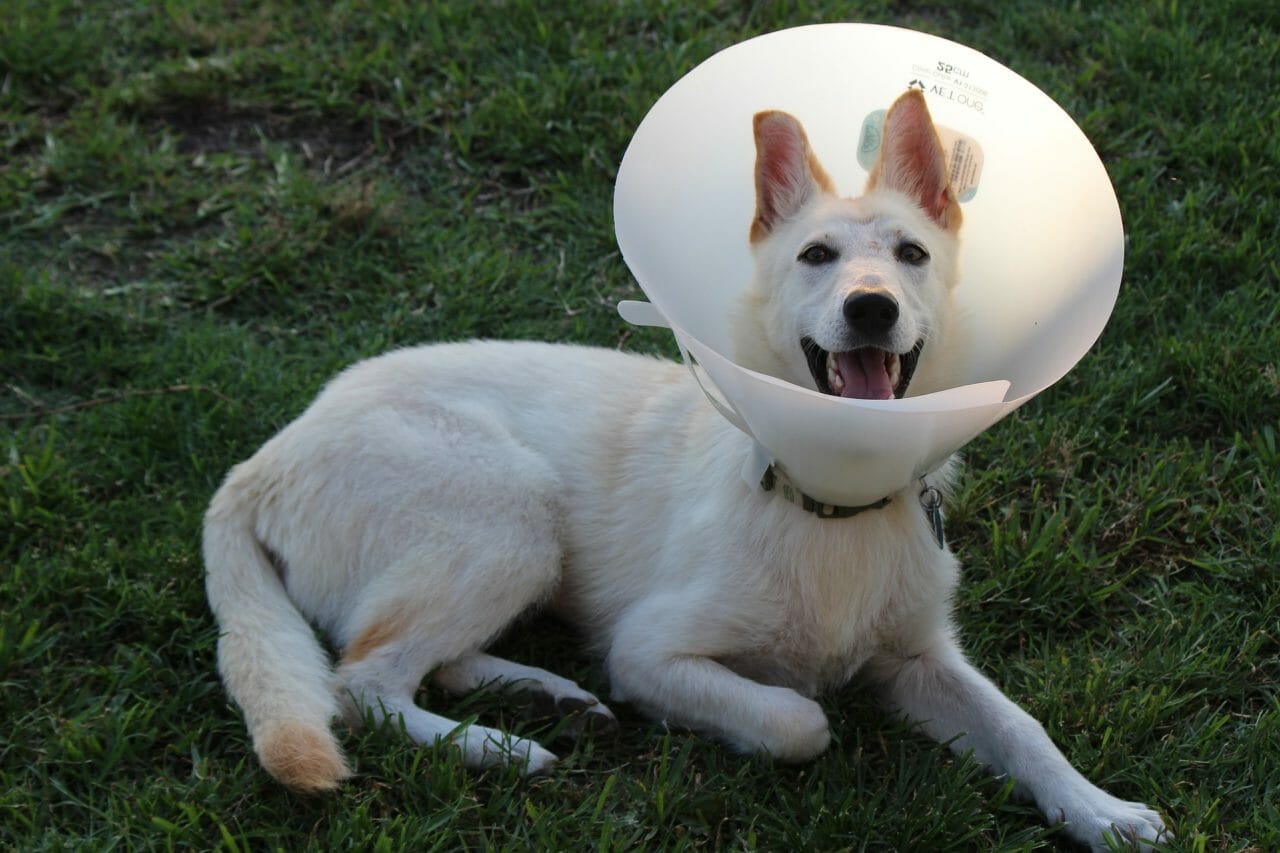Dog Obedience Training is Important when doing Rehabilitation Sessions
As a general veterinarian for years, some of my favorite visits were with the families that had just adopted a puppy or rescued a dog. I loved it when the entire family came in and was yearning for information. I had all the answers when it came to vaccines and how to care for a young puppy or a new dog, but I always made sure to talk about training. Many dogs run away, run out into the street and get hit by cars, bite humans, etc., all because they don’t understand our ‘human’ ways. I am actually amazed most of the time by how much our animals learn without us truly taking the time to teach them. I strongly believe that training is as much for our dogs as it is for us. It is imperative to do with all of our animals and it helps us understand our pets as well as helps them understand us and what we expect of them.
Learning Simple Commands Earns Big Rewards
In regards to rehabilitation, it is amazing how just a simple ‘sit’ and ‘lay’ can make rehab sessions easier when it is needed. I see so many clients whose dogs don’t know how to sit or lay and when it comes to trying to strengthen front limbs or hind limbs, both of these very simple exercises are SO very important. In addition, ‘crating’ or teaching a dog to stay in a kennel when you aren’t home seems mean to some, but in reality it can save your house and save your dog’s life (when they eat things they aren’t supposed to that can cause life-threatening emergencies – needless pain, expenses and heartache). Another example I often give owners is that I have had to have my dog fly once due to a weather issue and she did not have to be sedated (which is much safer) to stay in her crate and feel safe. These are only a few reasons why I am a huge believer in training your dog.
Keys to Training Your Dog
There are a few great keys to dog training, whether you are trying to train your dog to come when called, sit, stop barking or any other specific behavior. Understanding their importance is critical to achieving rapid results that are long lasting and help develop the bond between you and your dog.
The first is simple; you must win over your dog’s mind! This is a must and you must achieve this and create a bond of respect. Winning over your dog’s mind means that your dog looks to you for all the decisions. Before you do anything else watch one of the amazing video sites that show you the 5 Golden rules to establishing yourself as the pack leader. If you aren’t putting these in place then you are setting yourself up to fail. Just at the crucial point where you really want your dog to listen they will go and do their own thing. For sure your dog may play ball occasionally or even most of the time, you may even have a dog that is obedient 90% of the time, however, if you want a dog who always listens to you and does as you ask then you need to win your dog’s mind.
The second key to success is to motivate your dog. It is really important that you discover what it is that your dog enjoys both in terms of exercise and play but also in terms of a reward. If you can make the experience enjoyable then you will both achieve more and look forward to training.
Some dogs love to fetch, others love agility, and other dogs simply love obedience training, or swimming out into water and retrieving. Start with finding out what your dog’s true love is and help them develop this. Work with your dog and always make training enjoyable and make sure to reward your dog.
The three main rewards are:
- Food- anything from a single dry biscuit to a whole piece of sausage!
- Affection- pats, cuddles, lots of high verbal praise
- Toys- games, throwing a stick or object, chasing your dog etc.
Your dog is always going to work harder if you are fair in your training. Even if you do not want to use food, you should make sure that you use affection accordingly when your dog does well.
If you want to use food rewards then always follow these simple tips:
- Always vary food rewards
- Do not give food rewards every time
- Never let your dog know what the reward is
- If your dog doesn’t come first time, then do not give them the reward
The third key to achieving perfection is practice! Learning how to encourage behavior that is closer to what you want than the last is the third key to success. Again this is where rewards come in so handy! Motivate and then show your dog what it is that you want and there is no need for any negative training!



